If you've outgrown your point-and-shoot camera or are no longer satisfied with the snaps you get from your smartphone, and feel like you're ready to take your photography to the next level, then an entry-level DSLR is the most obvious choice.
Entry-level DSLRs deliver a big step up in image quality from a compact camera or smartphone, offering far more manual control and the ability to change lenses to tackle a huge variety of projects. Don't worry though – there are also a host of auto modes to help you out until you're comfortable with the more creative controls that a DSLR offers.
Obviously, the more features you want, the more you'll pay, but do you actually need them? Our top camera is one of the cheapest on the market, but still offers impressive performance and image quality, plus enough features to handle most assignments, especially if you're still learning.
You may also want to consider a mirrorless camera as an alternative. If so, you'll find our video above or Mirrorless vs DSLR cameras: 10 key differences guide very useful. Or, if you're not sure what kind of camera you need at all, then read our easy-to-follow guide to camera types: What camera should I buy?
DSLR bundles
If you're buying your first DSLR, it makes sense to buy it as a kit, which generally includes the camera body along with an 18-55mm lens. Often referred to as a 'kit' lens, this covers a pretty broad zoom range, perfect for everything from landscapes to portraits, but that's just the start.
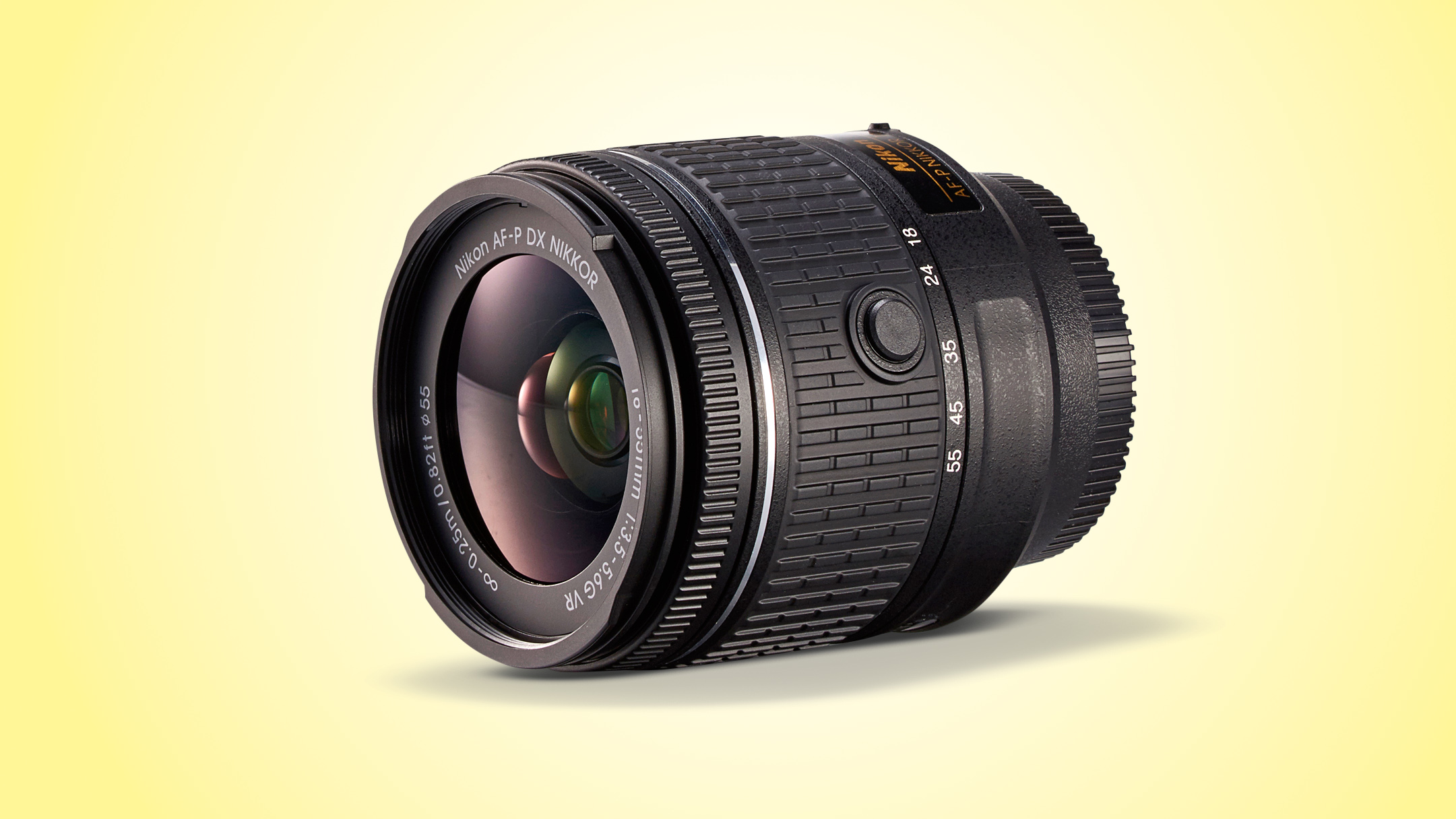
They're more than adequate to get started, but the key advantage of DSLRs over compact cameras is that you can add to your kit with additional lenses. For example, wide-angle and telephoto zoom lenses, a flashgun, and other accessories, to make the most of whatever types of photography you're into.
Canon and Nikon offer the largest collections of DSLR lenses, but Pentax and Sony also offer decent ranges. You're not limited to own-brand lenses either, with the likes of Sigma, Tamron and Tokina selling quality lenses at prices that are often lower than the camera manufacturers' equivalent lenses.
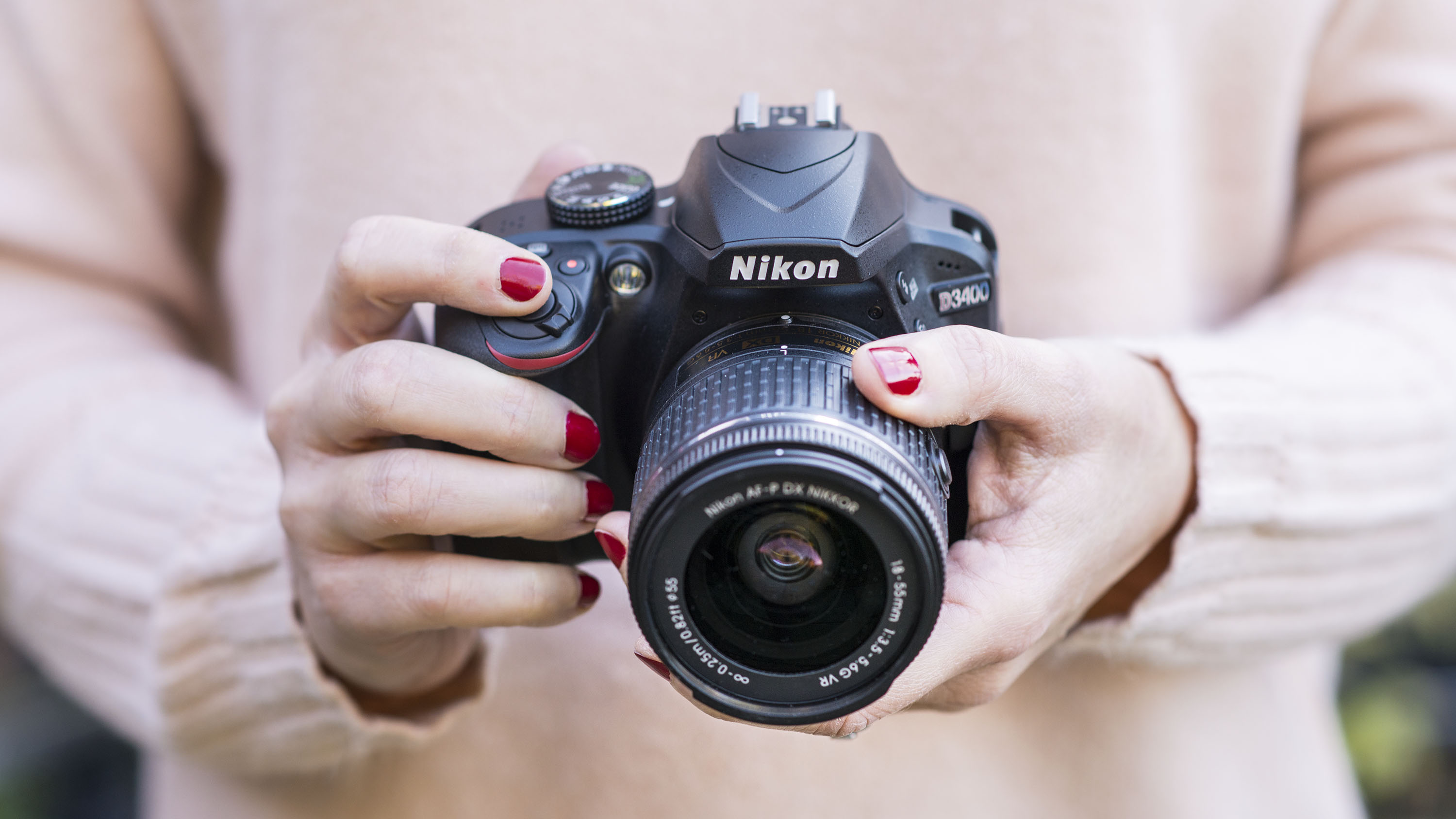
Nikon's D3400 builds on the brilliant D3300, which was until recently our top pick. Sharing pretty much the same design and specification as its predecessor, the D3400 adds Nikon's SnapBridge bluetooth connectivity to transfer images directly to your smart device to make it that much easier to share images. The 24.2MP sensor resolves bags of detail, while the D3400 is also a very easy camera to live with. Its clever Guide Mode is a useful learning tool that gives real-time explanations of important features. There's no touchscreen though, but otherwise this is our favorite entry-level DSLR right now.
Read our in-depth Nikon D3400 review
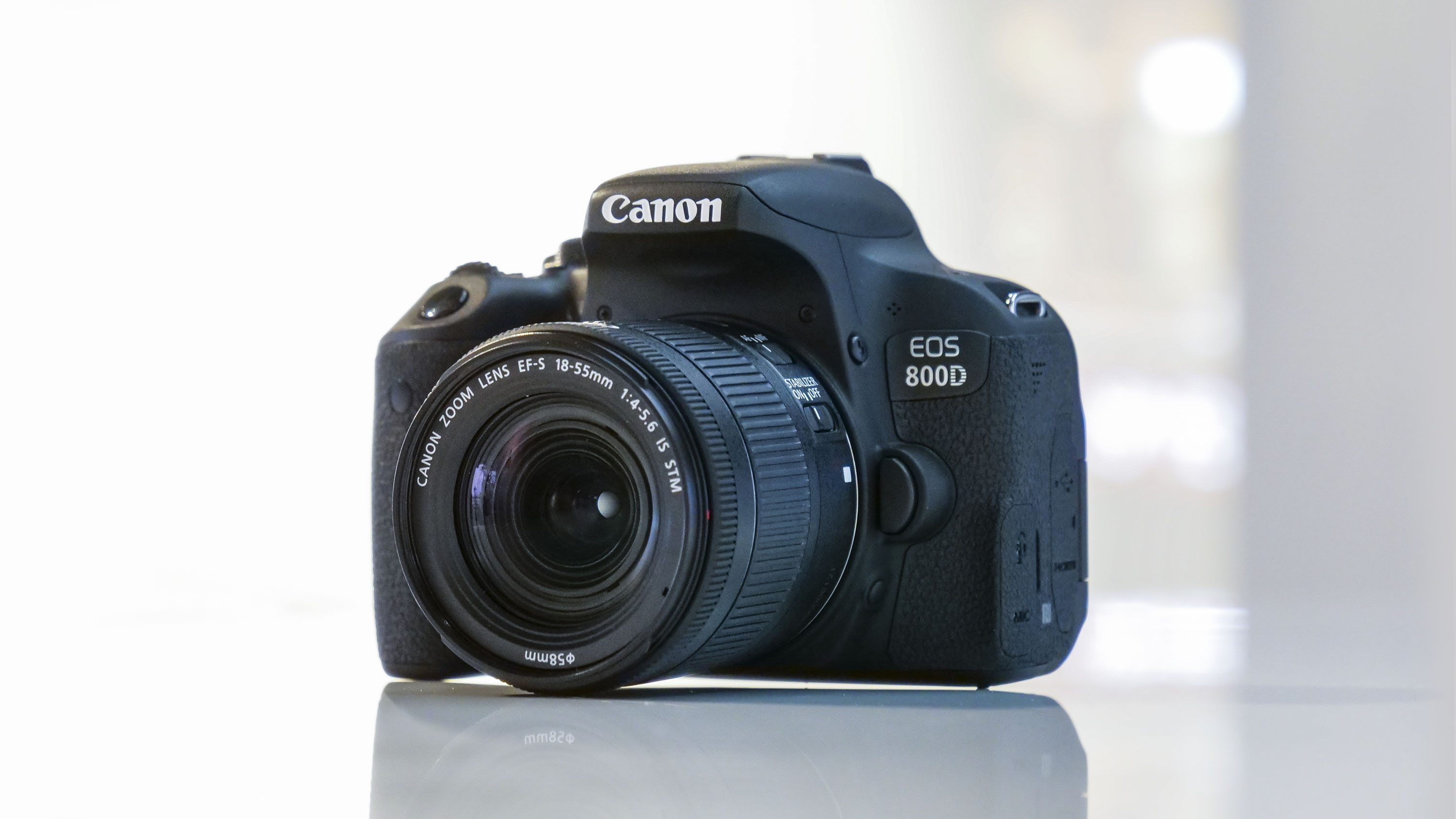
The EOS Rebel T7i (known as the EOS 800D outside) sits at the top of Canon's entry-level EOS DSLR range. Sporting a newly designed 24.2MP sensor that delivers an improved high ISO performance over older models, the Rebel T7i's autofocus also gets a boost, now with a 45-point arrangement that's backed up by excellent live view AF system. There's also newly designed graphical interface that will certainly make this camera even more appealing to new users, but the absence of 4K video and the quality of the exterior materials disappoint. Perhaps the most expensive option out there, but definitely one of the best.
Read our in-depth Canon EOS Rebel T7i review / Canon EOS 800D review
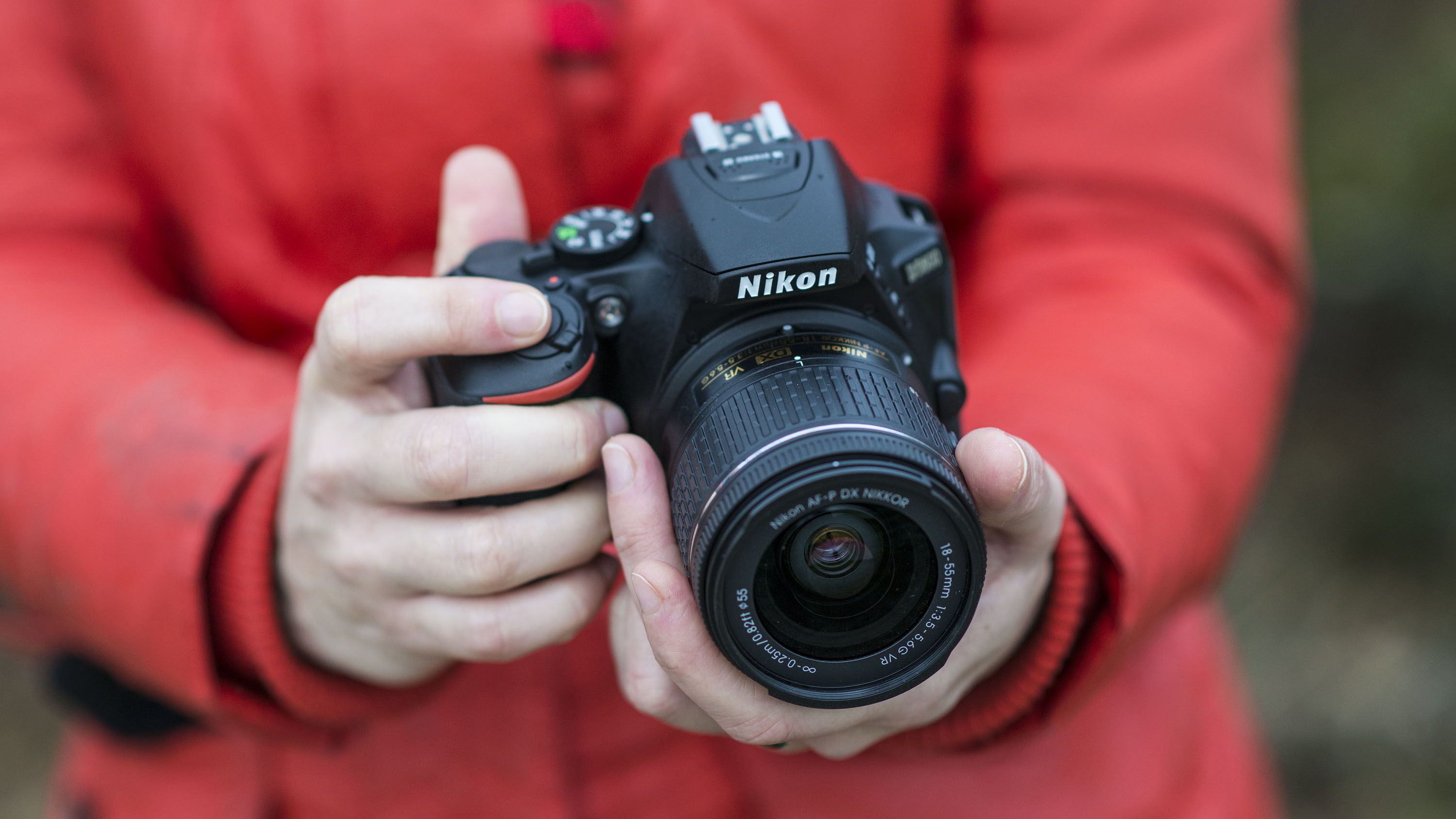
The D5600 competes directly with Canon's EOS Rebel T7i / EOS 800D at the upper end of the entry-level DSLR market. Where Nikon's D3000-series cameras are designed as cost-conscious introductory DSLRs, the D5000-series is preferable if you want to get more creative. The D5600 sports a large 3.2-inch vari-angle touchscreen, and while the live view focusing speed could be quicker, the 39-point AF system is the best you'll find in a entry-level DSLR. There isn't much wrong with the D5600's 24.2MP sensor either, delivering excellent results, while the logical control layout of the D5600 makes it easy to use.
Read our in-depth Nikon D5600 review
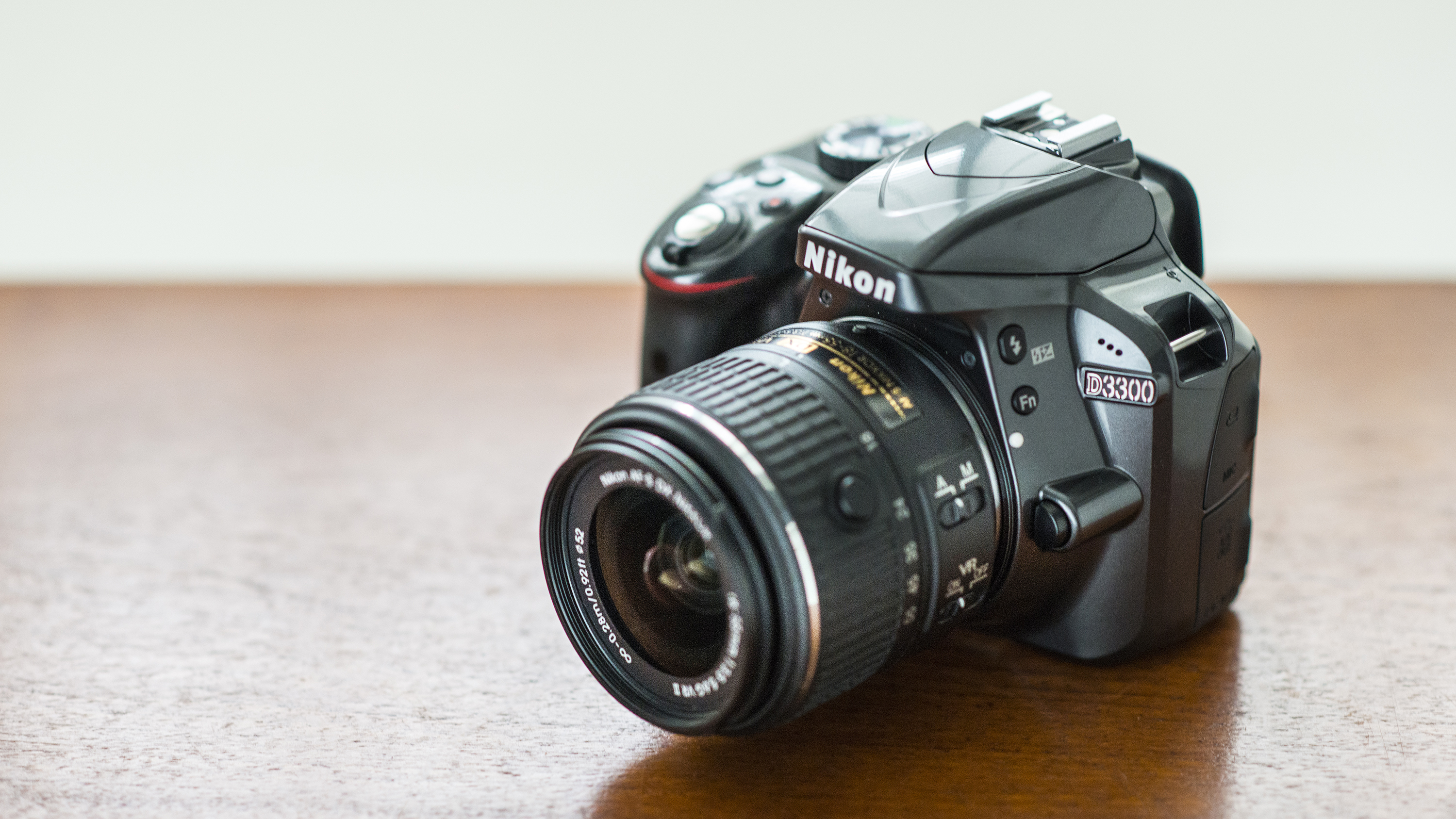
Replaced by the D3400 last year, the D3300 and D3400 share a very similar set of features (and design for that matter). The biggest difference between the two though is the D3300's lack of connectivity – if you want to transfer your images to your smartphone or tablet, you'll need to invest in Nikon's cheap plug-in Wi-Fi adapter that plugs into one of the ports on the D3300. With stocks running down as the D3400 takes hold, the D3300 is becoming less easy to come by, but if you do track one down at a good price, then you'll get yourself a great beginner DSLR.
Read our in-depth Nikon D3300 review
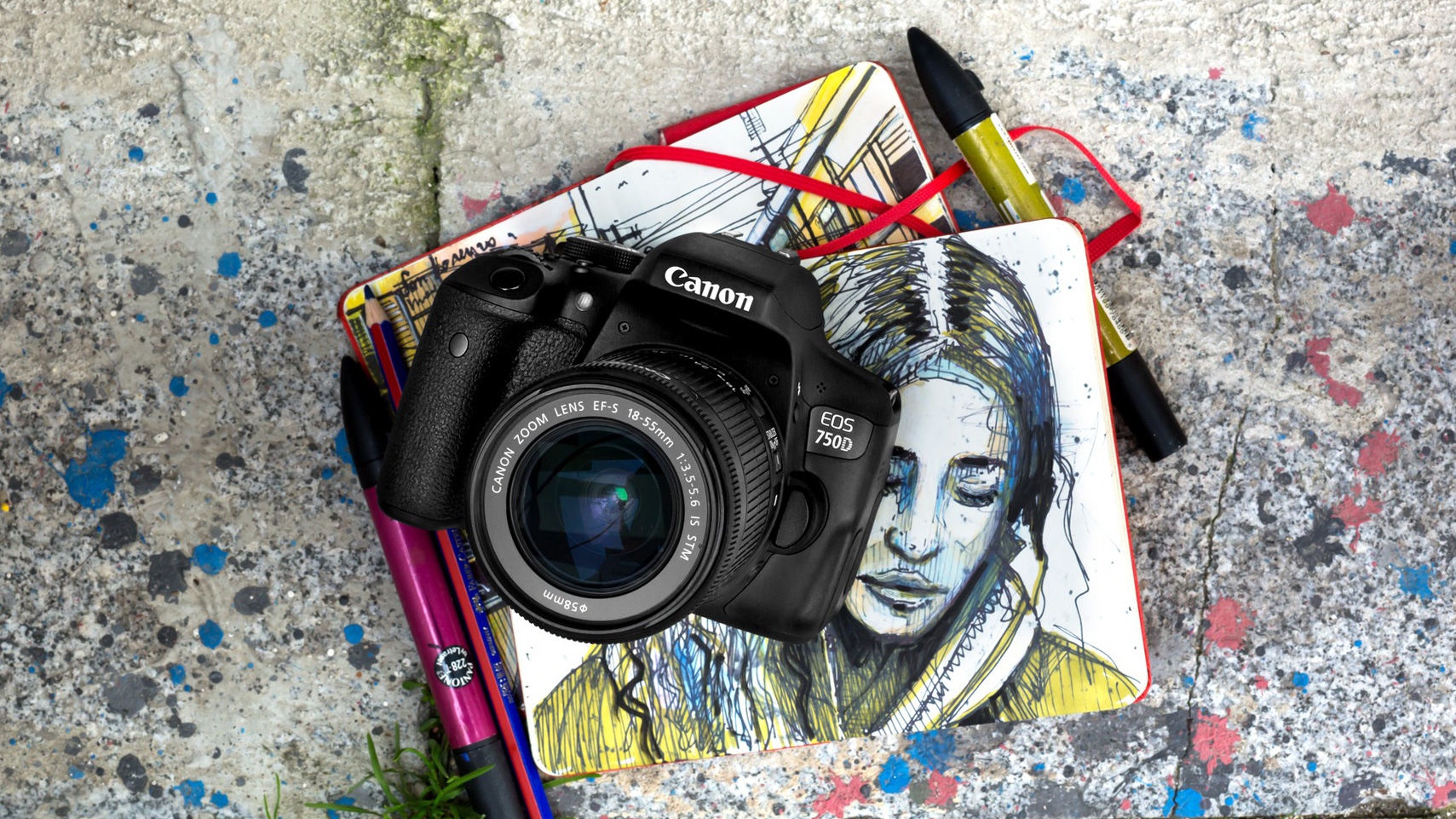
The EOS Rebel T6i (Called the EOS 750D outside the US) may have just been by the EOS Rebel T7i / 800D last year, but is still a great option if the price of the newer model puts you off. While the sensor isn't quite as good as the one in the newer T7i despite sharing the same resolution, it's still very good, while the vari-angle touchscreen is still one of the best around. AF performance could be better though, but overall this is still a very capable entry-level DSLR.
Read our in-depth Canon EOS Rebel T6i review / Canon EOS 750D review
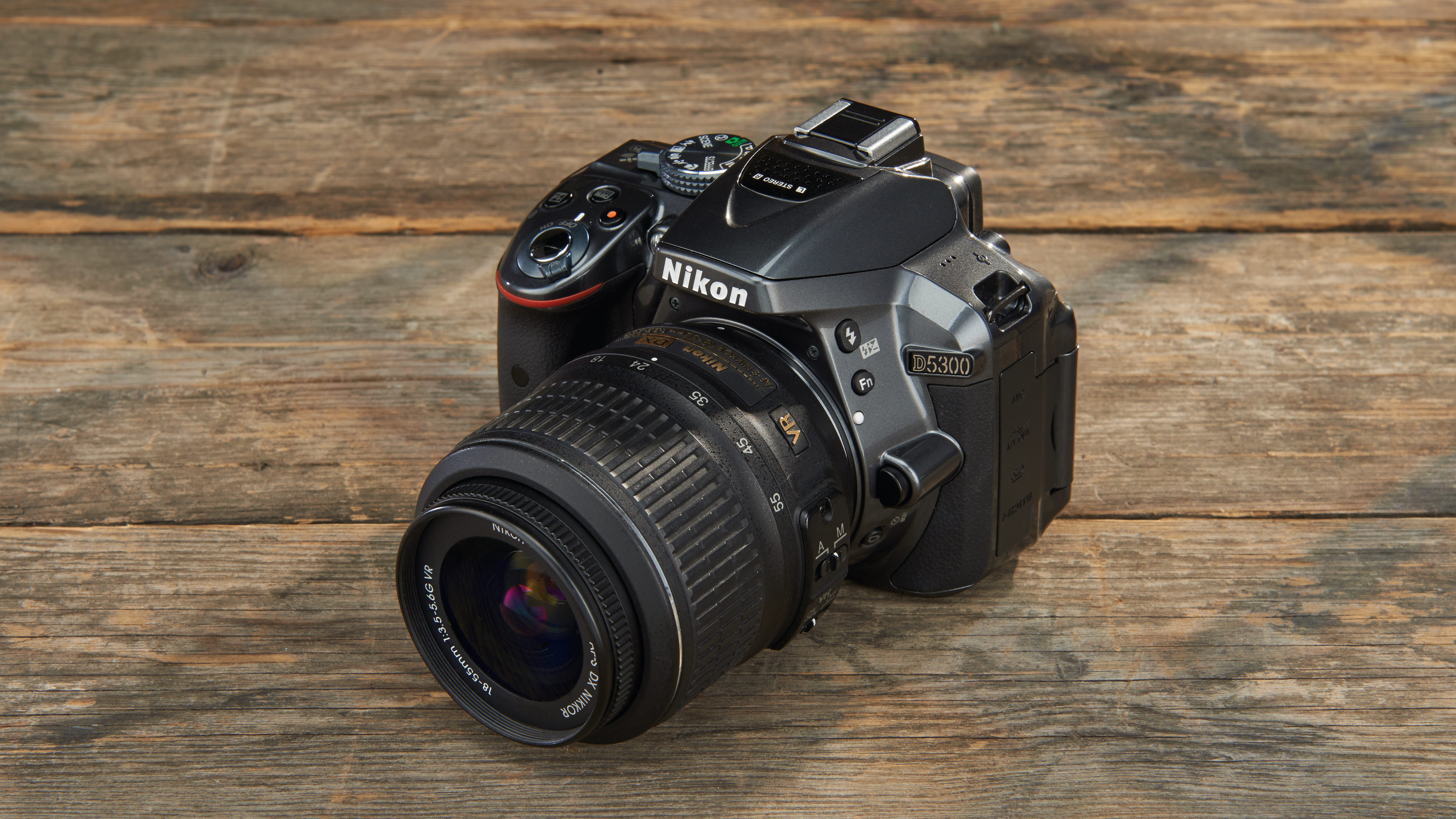
The D5300 was around for little more than a year before the D5500 technically replaced it (which has in turn be replaced by the D5600). It shares the same 24.2MP sensor with an identical maximum ISO25,600 sensitivity as the D5500, whilst the D5300's EXPEED 4 image processor and 39-point autofocus system have also been carried over to its replacement. The D5300 doesn't sporta fancy touchscreen control, you do get GPS instead, while the D5300's 600-shot battery life will still outlast a Canon T6i / 750D. All in all, it may not be the latest entry-level DSLR, but the D5300 is still a smart buy.
Read our in-depth Nikon D5300 review
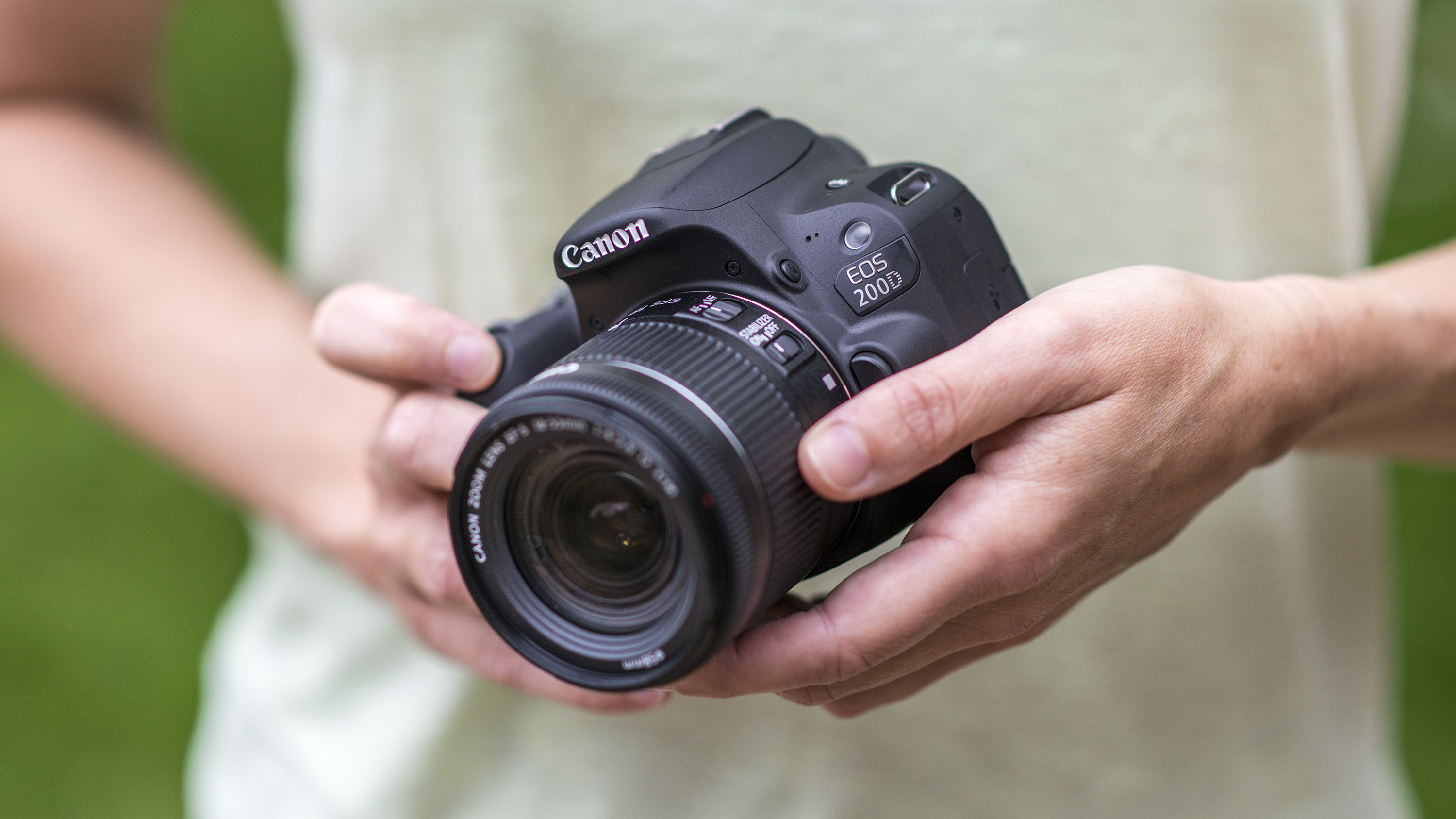
Canon introduced the EOS Rebel SL1 (EOS 100D outside the US) to compete with the influx of compact system cameras and it was the smallest DSLR available when it was introduced in March 2013. Now replaced by the EOS Rebel SL2 (EOS 200D), its slightly bulkier proportions make it feel more like a slightly pared-down Rebel T7i / 800D than anything unique. It's not a bad option for new users, but there are better-value alternatives available at the moment.
Read our in-depth Canon EOS Rebel SL2 review / Canon EOS 200D review

Stick the EOS Rebel T5i (EOS 700D outside the US) next to the T6i or the T7i and you'll struggle to tell them apart. The EOS Rebel T5i is really intuitive to use, regardless of your ability, but the T5i's sensor can trace its roots back to the T2i that was released in 2010 and it's now outclassed in terms of noise suppression and dynamic range. The 9-point autofocus system is also dated and you don't get Wi-Fi connectivity. The T5i's slashed price does make it a tempting proposition though, but the T6i or T7i is a more future-proof choice.
Read our in-depth Canon EOS Rebel T5i review / Canon EOS 700D review
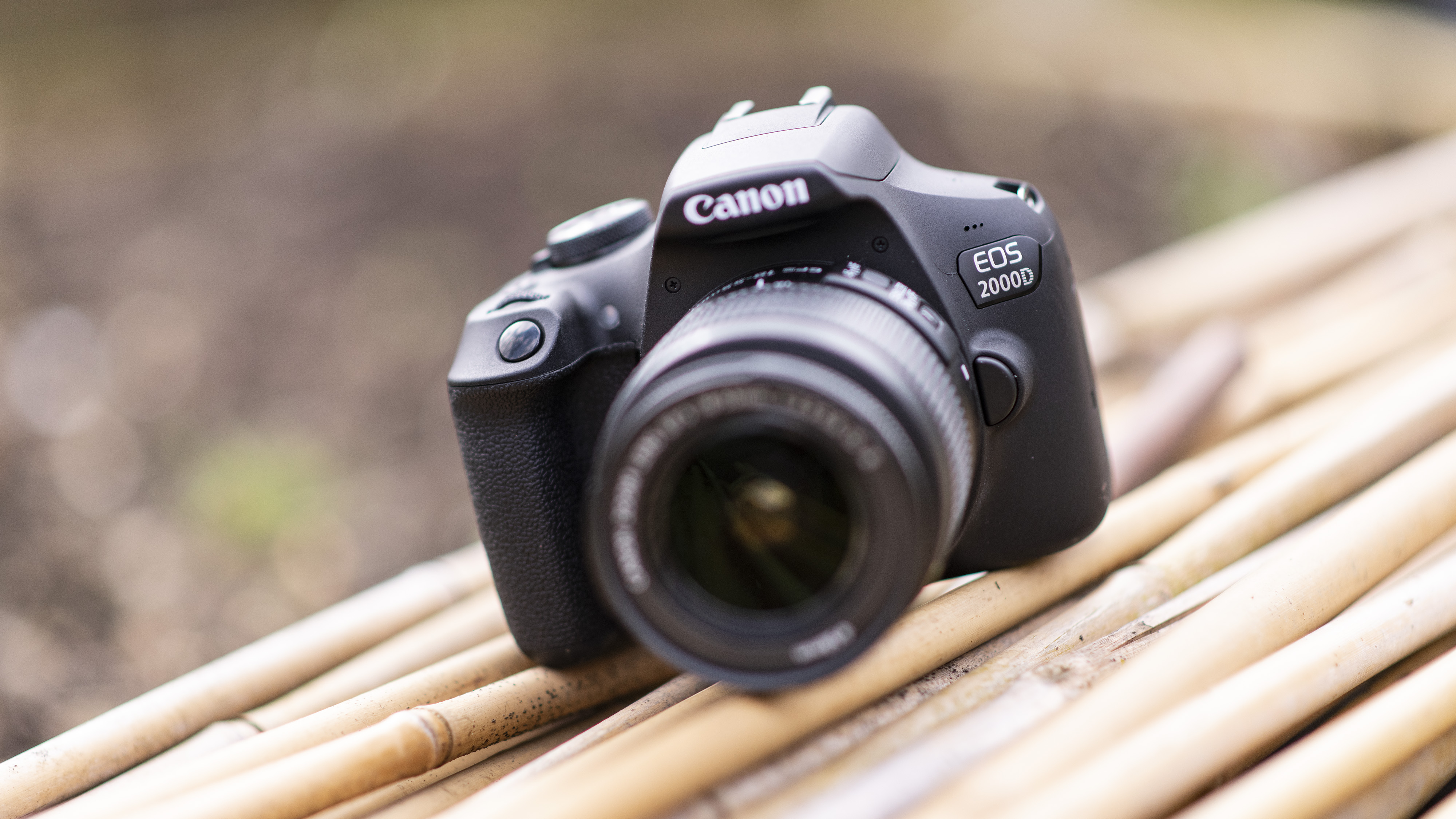
The EOS Rebel T7 (known as the EOS 2000D outside the US) is Canon's cheap and cheerful entry-level DSLR. While not featuring quite the same impressive spec as pricier models up the Canon range, you still get a pretty solid set of features for the beginner including Wi-Fi and NFC technology built-in. This means you can transfer images to your smartphone for super-quick sharing. Images from the 24.1MP sensor are more and adequate, but not quite a match for those from the EOS Rebel T7i / EOS 800D. The 9-point autofocus system, as well as the Live View AF system is disappointing, while there's no touchscreen either.
Read our in-depth Canon EOS Rebel T7 review / Canon EOS 2000D review
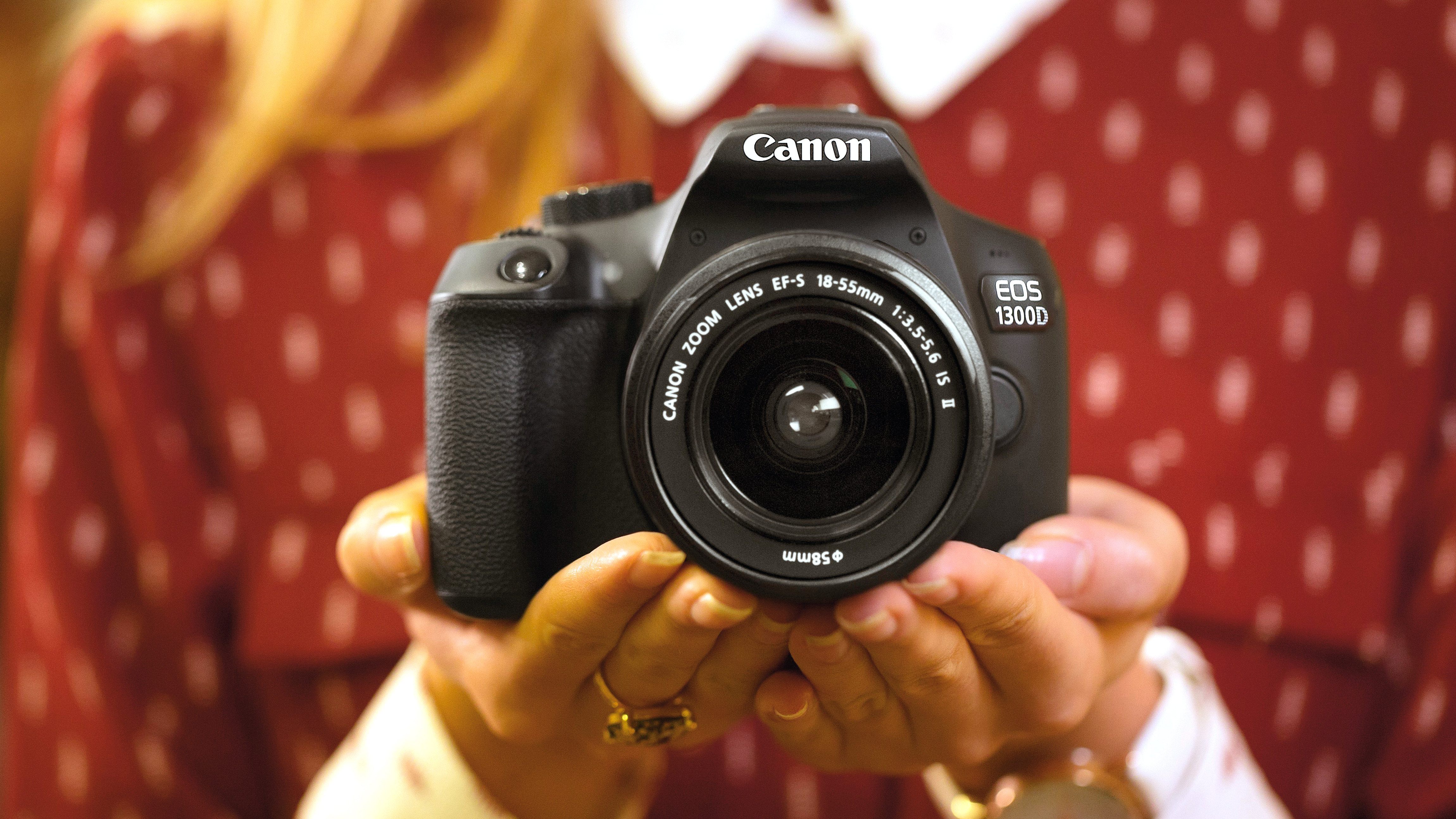
It's just been replaced by the EOS Rebel T7 / EOS 2000D (above), but that does mean that the EOS Rebel T6 (known as the EOS 1300D outside the US) should now be even cheaper. In many ways the specification is very similar to the newer camera, with the key difference being the Rebel T6 features a 18MP sensor, which compared to rivals, is starting to show its age against rivals with higher pixel counts. Canon's just announced its replacement, the EOS Rebel T7 / EOS 2000D, so you might be able to track this down at an even more tempting price before it disappears for good.
Read our in-depth Canon EOS Rebel T6 review / Canon EOS 1300D review
Also consider…
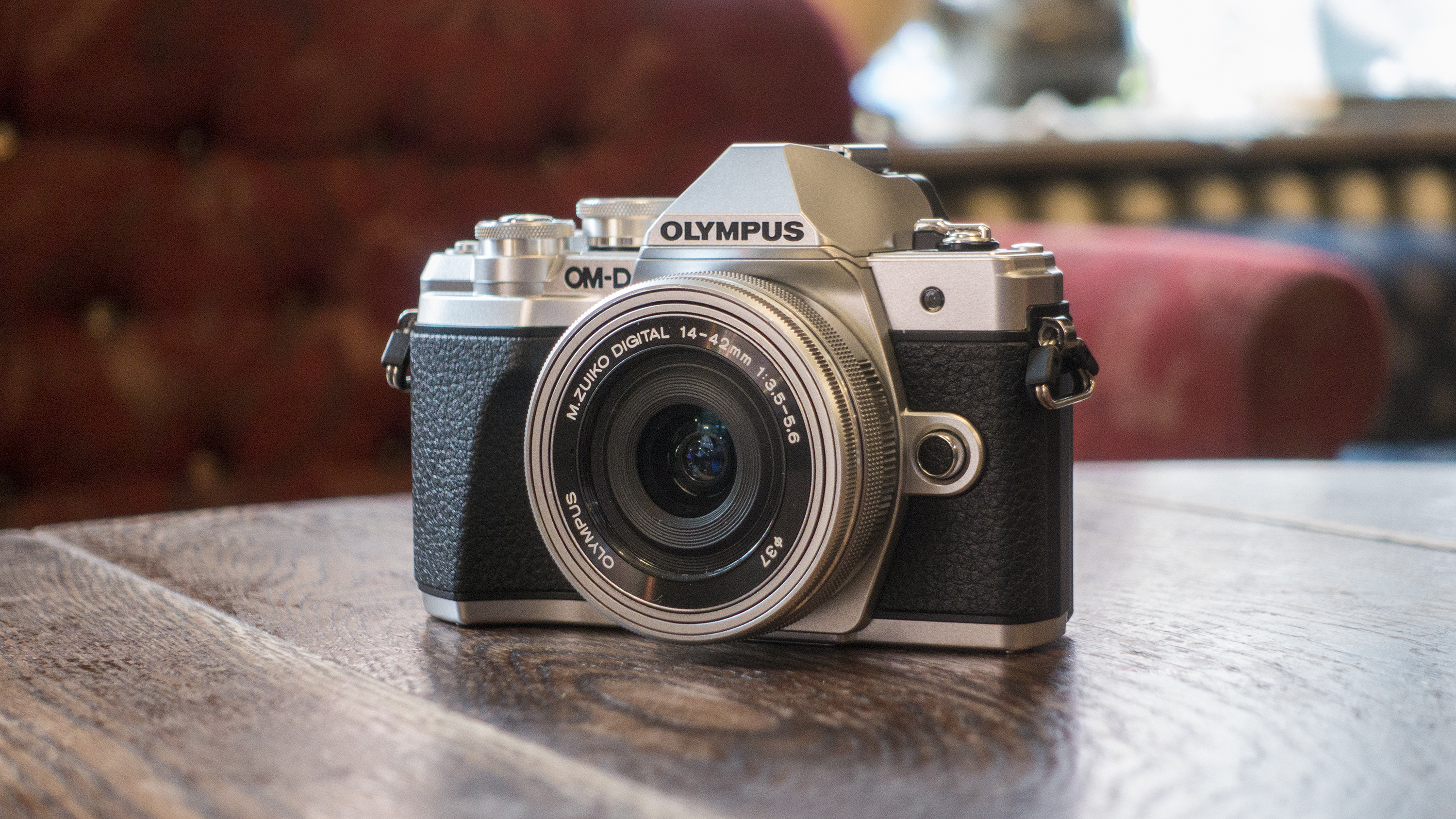
The OM-D E-M10 Mark III is a great alternative to an entry-level DSLR. Some will criticise the smaller Micro Four Thirds sensor format (roughly half the area of APS-C) but the effect on image quality is minor and it means that the lenses are as compact and lightweight as the camera itself. Sporting a 5-axis image stabilization system, decent electronic viewfinder, an impressive 8.6fps burst shooting speed and 4K video, it's no toy – the E-M10 Mark III is a properly powerful camera.
Read our in-depth Olympus OM-D E-M10 Mark III review